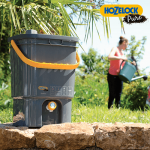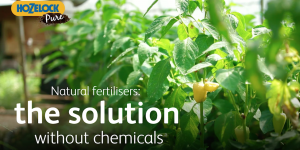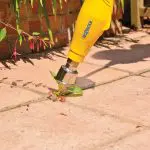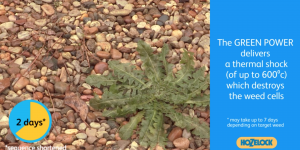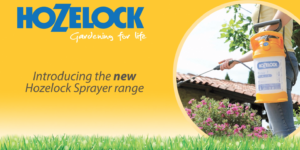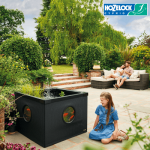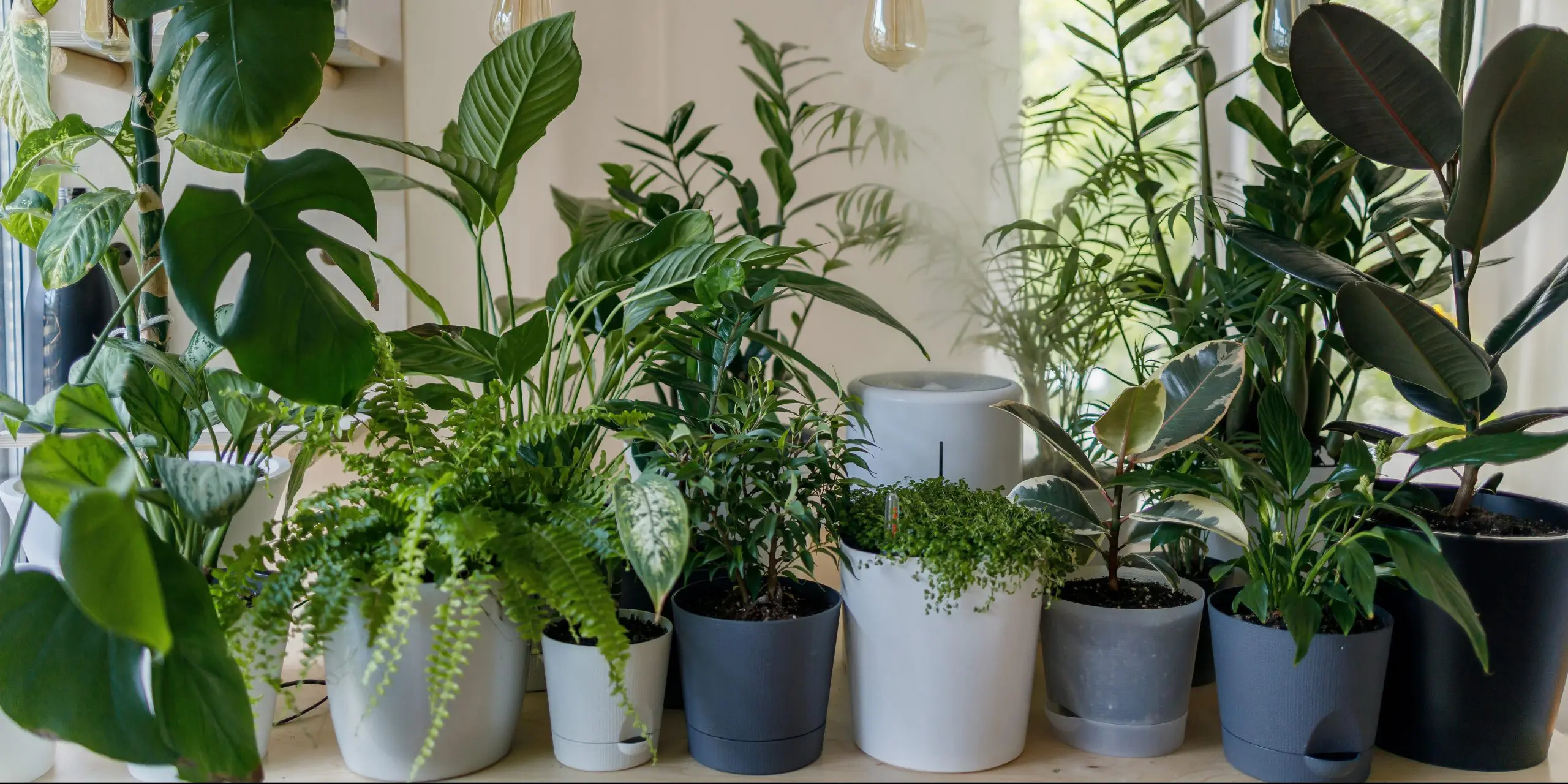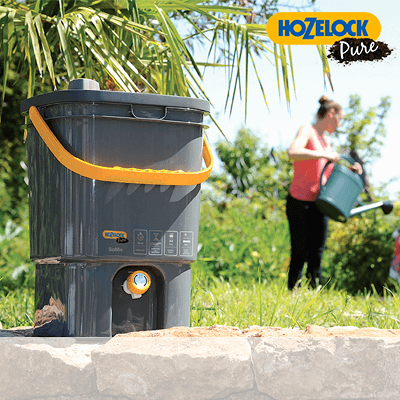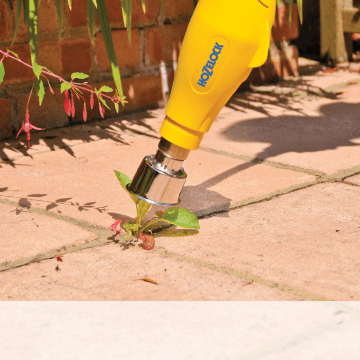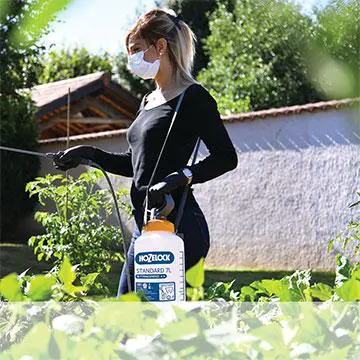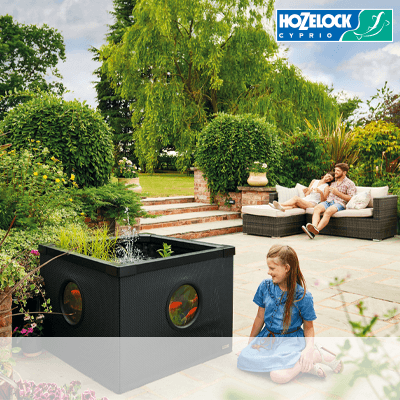Are you needing something that livens up your house? If so, these plants are wonderful and can make a great addition to your home. Whether you’re just looking to fill some extra space or are looking for some cool conversation starters, this list of houseplants will be sure to impress!
Here are the Top 3 Best Low Maintenance House Plants (and how to look after them)
1. Monstera
Family: Arums
Difficulty level: Easy
Pet friendly:ASPCA lists Monstera as Toxic to Dogs, Horses and Cats. Symptoms include intense swelling of the mouth, tongue and lips, excessive drooling, vomiting, difficulty swallowing. Releases sap so try to also keep away from small children if you know they’ll try to eat the stems and leaves.
Location/room of house:
Flexible for most rooms but prefer anywhere that has higher levels of humidity such as bathrooms, kitchens, and basements.
Light: Very flexible when it comes to light requirements but prefers bright, indirect sunlight. Can tolerate low light but this will make it grow much slower. Make sure to avoid too much direct sunlight in the summer because this could cause burn marks on beautiful leaves. If you keep the Monstera in an area that’s too dark, its leaves will turn yellow. If you see this happen, it’s a sign that you should move the plant to a better-lit environment.
Watering:
Prefers moist soil. When it comes to watering, it needs to be watered as soon as the soil at the top of the pot is dry.
Because the plant tells you when something is wrong it makes this plant perfect for beginning plant owners.
If underwatered, the plant will start to droop and get brown and crispy edges on the leaves
When you see yellow, brown, or black tips on your Monstera leaves, it’s a clear sign of overwatering.
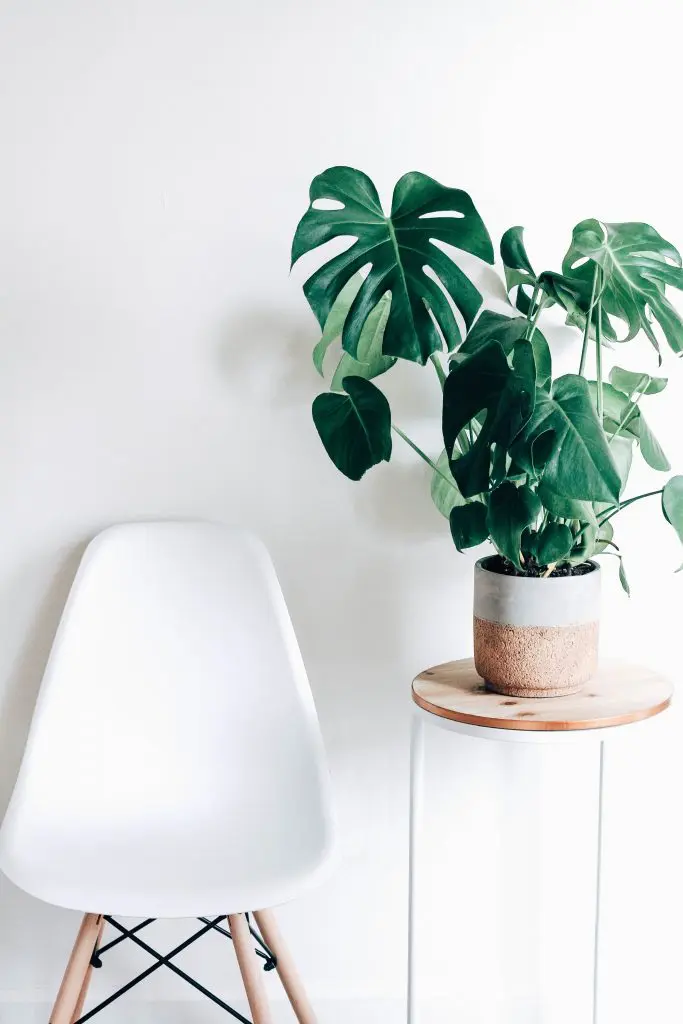
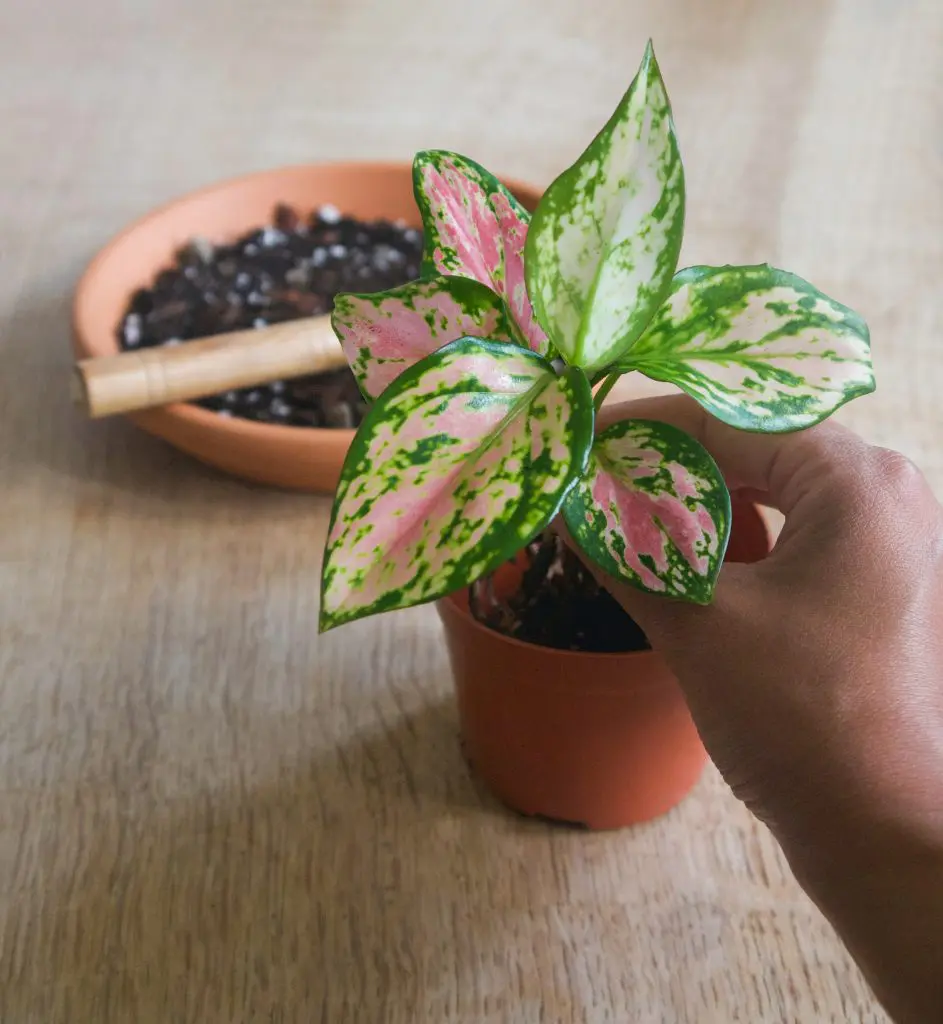
2. Aglaonema
Family: Chinese Evergreen
Difficulty level: Easy
Pet friendly: ASPCA lists Aglaonema as Toxic to Dogs, Horses and Cats. Symptoms include intense swelling of the mouth, tongue and lips, excessive drooling, vomiting, difficulty swallowing.
Location/room of house: Ideal for offices, living rooms, and dimly lit bedrooms.
Light: Love lower light levels and can thrive under fluorescent lighting. Direct light can scorch their beautiful, colourful leaves turning them brown or causing them to suffer from tipping and other diseases.
Watering: Plot in well-drained, slightly acidic soil.
Sensitive to extremely moistened soil/overwatering which can kill the plant so before you water the soil, check for moisture using a soil probe or your finger.
Water more frequently during the summer and warmer months. If you need to increase the humidity level, you can simply mist your plant using a misting spray. Reduce watering during the winter or colder months to avoid root rotting and tipping.
3. Pothos
Family: Araceae
Difficulty level: Easy (depending on the type)
Pet friendly: ASPCA lists Pothos as Toxic to Dogs and Cats. Symptoms include intense irritation of the mouth, tongue and lips, excessive drooling, vomiting, difficulty swallowing.
Location/room of house: Most rooms. An excellent option for offices or darker rooms in the home.
Light: Full sun, partial shade. Pothos likes bright, indirect light, it can also thrive in low light areas or those that have only have fluorescent lighting.
Watering:
Moist but well-drained potting soil best. Pothos is quite tolerant of soil pH, and it can thrive in a range of conditions, from neutral to acidic.
A pothos plant likes to have its soil dry out completely between waterings.
Yellow, wilted or brown edged leaves can be a sign of underwatering or overwatering – so check your care regime and adjust accordingly by watering gently over a period of a few days to revive and perk up the plant.
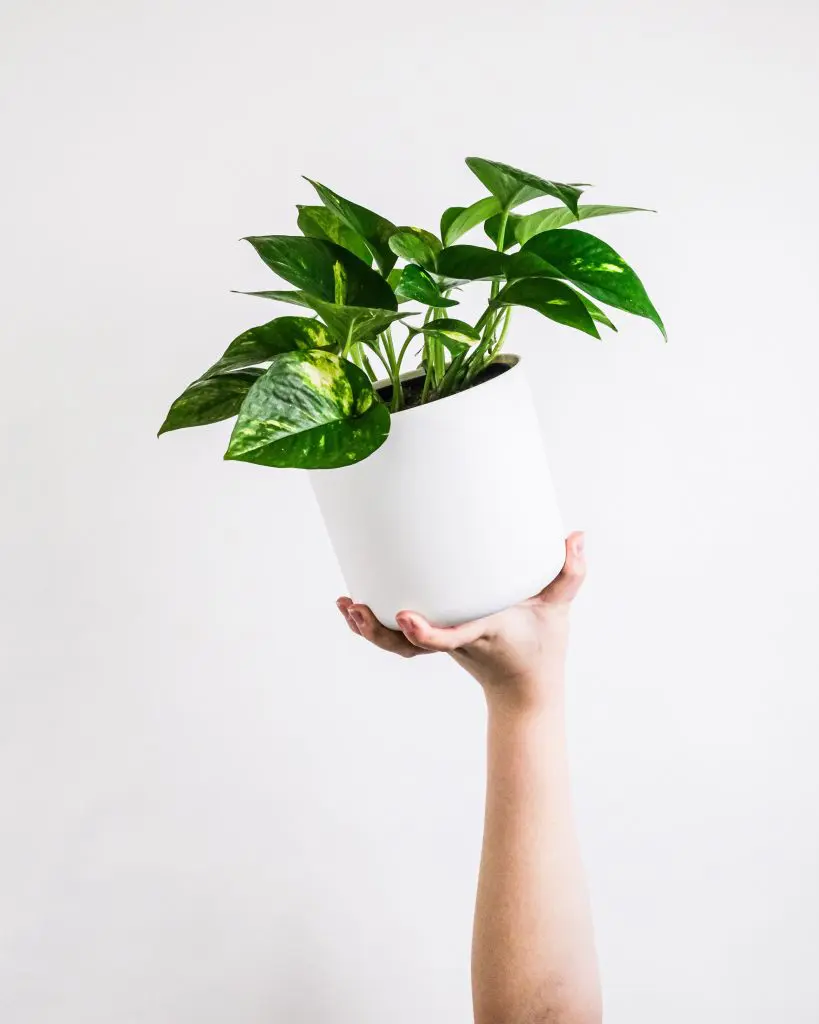
Although, a lot of houseplants are fairly easy to care for, remember to read up on your chosen species and cater to its requirements to ensure a happy, thriving plant. For plants that would benefit from misting such as Chinese Evergreen as mentioned above, we recommend using a Kaleido sprayer to make life easier.




